Travel Log: A Journey through Postclassic Cancún (1200–1500 CE)
Travel Log: A Journey through Postclassic Cancún (1200–1500 CE)
Name: Theophilus Bruku
Course: HIS 111 – World Civilizations Pre-1500
Format: Travel Log
Thesis Statement:
The coastal Maya city of Postclassic Cancún (1200–1500 CE) was a dynamic hub of maritime trade, religious life, and architectural innovation, reflecting the resilience and adaptability of the Maya civilization in the face of regional decline and cultural transformation.
Entry 1: El Meco – The Coastal Citadel El Meco, located just north of modern Cancún, was a prominent trading port and religious center during the Postclassic period... Image Source: https://en.wikipedia.org/wiki/El_Meco
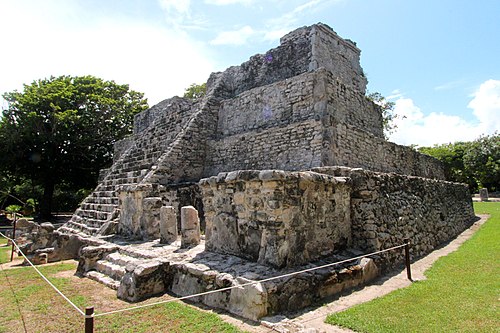
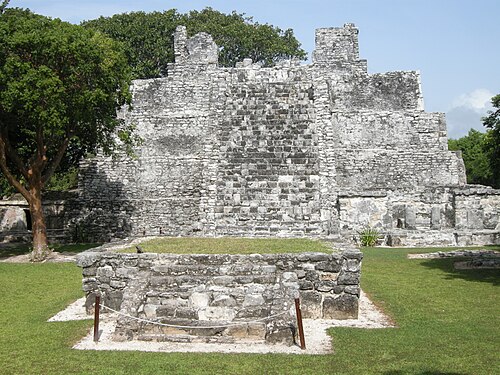
The Castle (El Castillo) of El Meco
Entry 2: Yamil Lu’um – The Scorpion Temple Built atop a rocky cliff facing the Caribbean Sea, Yamil Lu’um was a small but sacred temple used for ritual offerings.
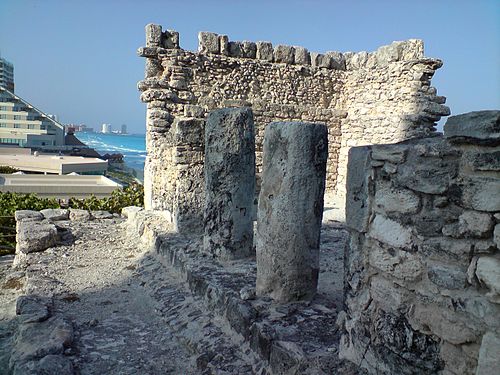
Scorpion's Temple
Entry 3: The Marketplaces of Cancún Bustling markets were the economic heart of Maya society. In Cancún, goods like marine shells, salt, fish, cotton, and pottery...
Raw obsidian and obsidian blades, examples of Maya commodities,
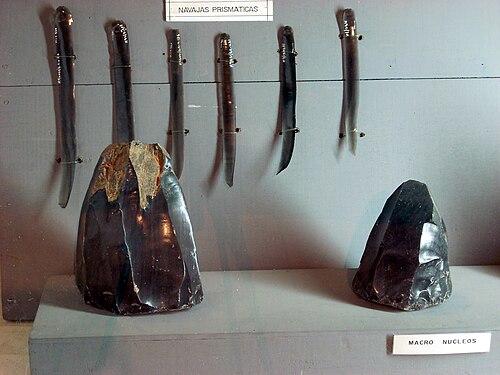

Maya Civilization
Entry 4: Maritime Trade and Canoes of the Coast The coastline of Cancún was a launching point for long-distance trade. Dugout canoes made from ceiba wood carried goods.
Entry 5: Ritual Calendars and Astronomy The Postclassic Maya closely followed two main calendars—the 260-day ritual calendar (Tzolk’in) and the 365-day solar calendar...

East side of Stela C, Quirigua with the mythical creation date of 13 baktuns, 0 katuns, 0 tuns, 0 uinals, 0 kins, 4 Ahau, 8 Cumku – August 11, 3114 BC in the proleptic Gregorian Calendar
Entry 6: The Festival of Kukulkan One of the most important religious events during this period was the Festival of Kukulkan, celebrated near spring equinox.
Kukulkan
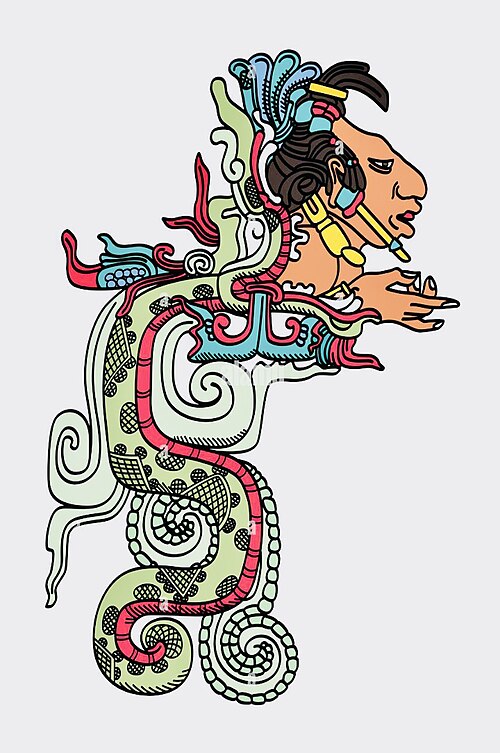
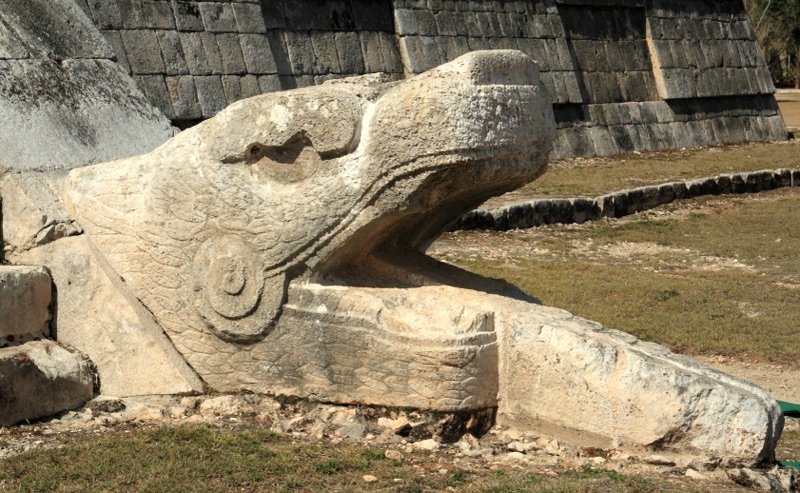
Kukulkan at the base of the west face of the northern stairway of El Castillo, Chichen Itza
Primary Sources:
• Dresden Codex
• Madrid Codex
• Temple inscriptions (El Meco)
• Maya calendars (Haab’ and Tzolk’in)
• Carvings and murals at Yamil Lu’um
Secondary Sources:
• Sharer, R. & Traxler, L. The Ancient Maya. Stanford Univ. Press, 2006
• Miller, M.E. The Maya. Thames & Hudson, 2001
• Maya Civilization. World History Encyclopedia
• Trade in Maya Civilization. Wikipedia
•“Kukulkan.” Wikipedia




Comments
Post a Comment